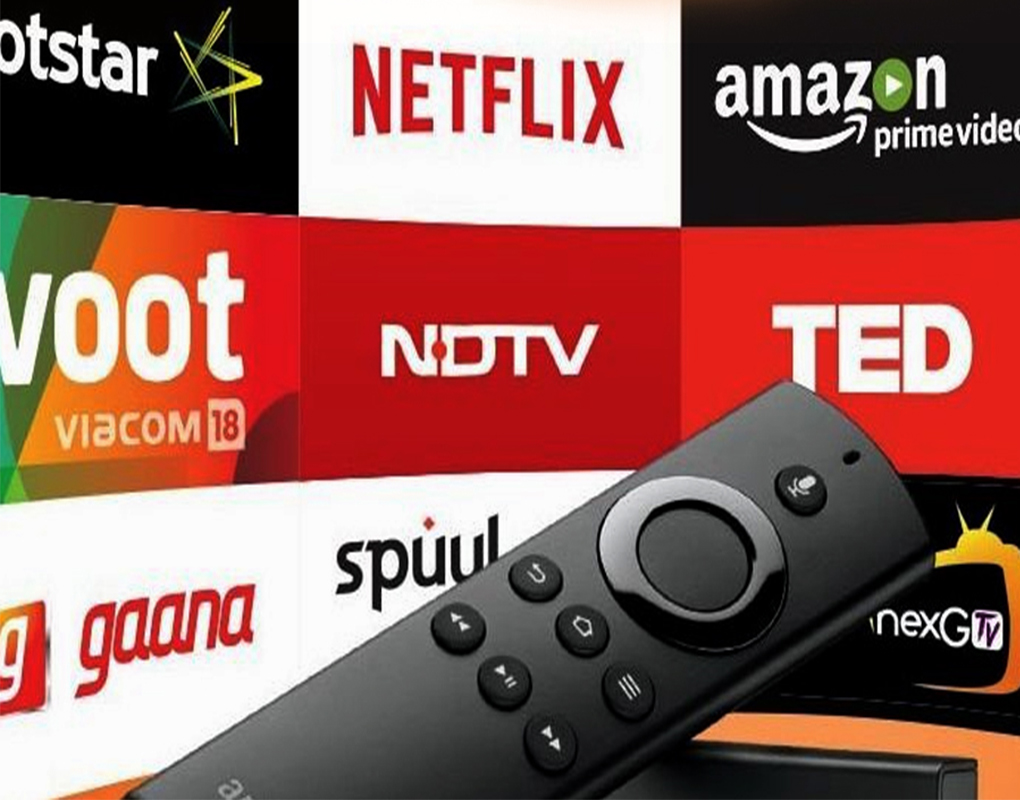Over-the-top appears to be coming of age, as consumption hits critical mass, the revenue opportunity expands and the business model continues to work its way into mainstream carrier tactics.
The research into the area is coalescing: the OTT market is set to be worth $37 billion by 2017, according to new research from Informa Telecoms & Media. And that, in turn, is prompting service providers to adopt new multi-screen models to cash in on the opportunity. And not just that: Pyramid Research says that pay-TV providers absolutely must embrace it in order to retain and grow subscribers.
“The growth of OTT video services is disrupting the traditional pay-TV market and is dramatically driving traffic growth,” said Pyramid Research Analyst Daniele Tricarico, “but more consumers are watching video on multiple screens, opening up for new opportunities for pay-TV providers and telcos to implement multi-screen business models.”
And while the United States is ahead in terms of operators rolling out TV Everywhere (Informa says that the US currently accounts for over three-quarters of revenue), other regions are catching up. The US portion of OTT consumption will likely drop to less than 60% in 2017 as Europe and Asia grow more quickly, Informa noted.
One good example of an operator getting ahead of the curve is Telefónica, which has announced plans to build a new Global Video Platform (GVP) for all video entertainment services over both IPTV and OTT networks across its operating businesses.
“Video is a fast-growing market, and we already play a leading role in delivering pay-TV services to customers in Europe and Latin America,” explained Vivek Dev, director of digital services, Telefónica Digital. “This new platform allows us to reflect the deep and rapid changes happening in this market. It offers the ease and convenience of a global, convergent platform while maintaining flexibility over content for our local businesses. Most important, it allows us to meet customer demands for access to video content on an ever-expanding range of devices.”
In terms of the hybrid perks, the range of advanced features it aims to offer to TV subscribers will include time-shifting, multi-screen and multi-device capabilities across set-top boxes, Xbox 360, tablets and smartphones.
Meanwhile, in the UK TalkTalk is riding the OTT wave to a massive subscriber acquisition rate — it says that it is signing up 1,000 new customers per day in the wake of launching its OTT-based, YouView-powered TV service in September. During its interim earnings report, it said that it has now has seen a growth of 44% compared to last year.
TalkTalk has a base of four million broadband customers for whom the TalkTalk Plus package is free after payment of a £50 ($80) installation fee for the YouView STB. It offers customers a free YouView Internet TV STB, with a 12-month subscription to the popular LOVEFiLM Instant service and access to more than 100 broadcast channels, including free to air programming from the BBC, ITV and many others, as well as extra paid premium channels such as Sky Sports.
“We have successfully launched our TV proposition and have installed 29,000 customers to date,” said Dido Harding, CEO at TalkTalk.
Overall, TV Everywhere and multi-screen services that leverage OTT are helping telcos and cablecos to increase loyalty and to generate new revenue by boosting migration from lower-value packages to higher-value multiplay bundles, including high-speed Internet, which is needed for better quality video.
“All pay-TV providers also have the option to launch their own OTT-like video services and extend their reach to non-customers, thus generating additional revenue beyond the existing customer base,” Pyramid’s Tricarico added.
